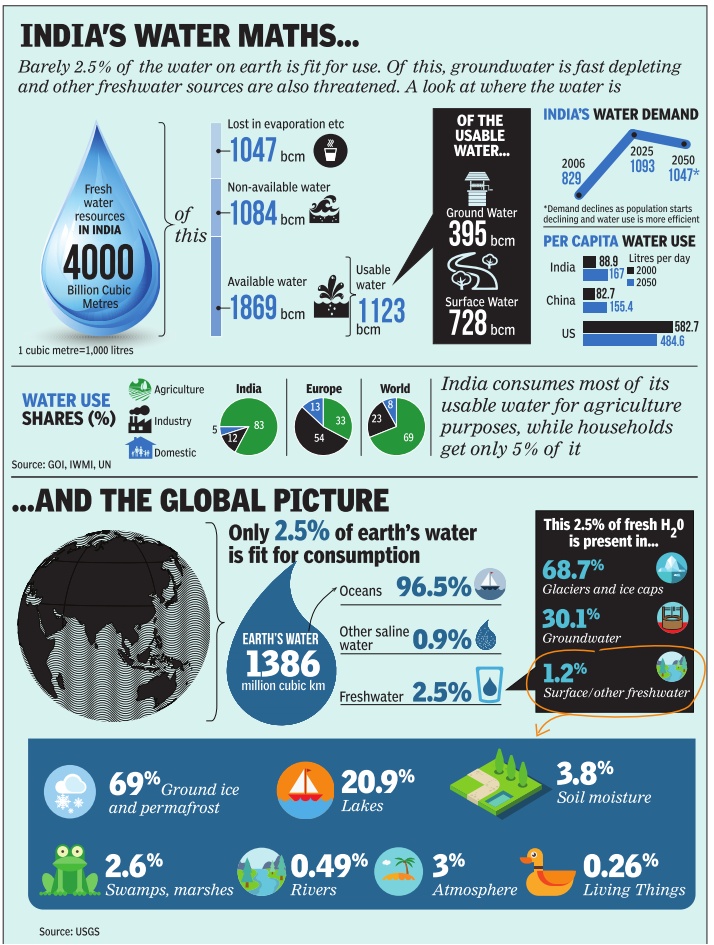7667766266
enquiry@shankarias.in
The government’s interventions for better and scientific management of the groundwater situation in India reflect the spirit of cooperative federalism in managing a precious resource.

According to the Groundwater assessment 2022, there has been a 3% reduction in the number of ‘overexploited’ groundwater units and a 4% increase in the number of ‘safe’ category units as compared to 2017.
References